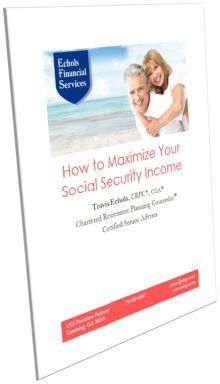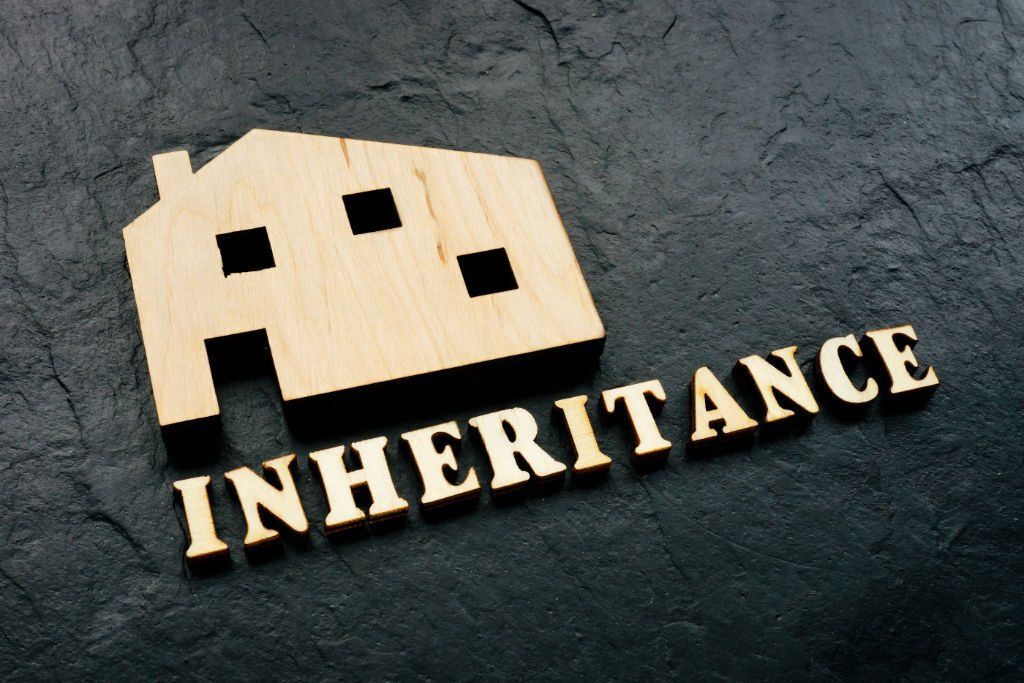How to Maximize the Roth IRA to Your Tax Advantage

Originally written on 4/11/2016 with updates for 2020.
Sign up to receive my monthly email articles on retirement planning--no cost, no obligation
.
If you qualify, shouldn't you participate in arguably the best tax-saving opportunity that our benevolent representatives in Washington have ever granted us--the Roth IRA? (Half sarcasm, half sincerity).
A Roth IRA is an individual retirement account, similar to a traditional IRA, but the contributions are not tax deductible. However, the qualified distributions are tax free, unlike the pretax traditional IRA.
Many people have asked me how a Roth IRA is invested. A Roth IRA is a tax vehicle in which the assets can be invested in whatever you want based on the IRA custodian's available investments. When thinking about IRA types, don't think investments; think tax treatment.
Even if you have already filed your taxes, you can contribute to a Roth IRA. (Since Roth IRA contributions are not deductible, after-the-fact contributions will not likely affect your tax return numbers. Though it is best to report since some low income earners may qualify for the retirement savers credit.) Also, even if you have maxed out a traditional IRA already, if you are married, your spouse (wage earner or not) may be able to make a spousal contribution to their Roth IRA.
If there is a good chance you will use the money for retirement, make the contribution. If you think you may need the money sooner, but not likely, you can leave the assets in a money market in the Roth account until you decide that you can invest it for long term goals. You can always get your principle out penalty-free at any time, but the opportunity to contribute for this year will never occur again.
Here are some of the advantages of a Roth IRA.
- Control your income taxes during your retirement years
- Shelter more ($6000 Roth IRA contribution is all yours, versus $6000 shared with Uncle Sam in a traditional IRA)
- Avoid Required Minimum Distributions at age 72 (vs. traditional IRA)
- Maximize your Roth contributions while maxing out your 401(k) (Since Roth IRAs are not deductible, they do not compete for deductibility with qualified plans like traditional IRAs do)
- Access your principle before age 59.5 (vs. traditional IRA)
- Avoid the unfair impact of costly estate taxes (vs. traditional IRA)
- Create large amounts of tax-free money immediately by converting a traditional IRA to a Roth IRA
- Stretch tax-free growth and income for your spouse's lifetime and maximum of 10 years for non-spouse beneficiaries
The chart below illustrates three major account types. Since tax-deductible IRA and 401(k) assets are taxed as ordinary income when withdrawn, this can put a heavy tax burden on you in your retirement years. Having tax-free assets (which is superior to taxable) can give you greater tax control in the future, which can save you thousands in taxes over time, not to mention the fortune you can parlay to future generations through stretching the Roth IRA as long as possible (the full 10 years with a Roth, since the distributions are not taxable).
Chart 1. Tax Control Triangle

There are two ways your money can get the Roth IRA tax treatment: contributions and conversions.
Contributions
Typically, those in moderately high tax brackets contribute to traditional IRAs to defer taxes until retirement when it is supposed their tax burden will be lower. (High tax bracket earners are not eligible for deductible IRAs or Roth IRAs.) The ideal situation is to max out contributions to tax deductible plans like 401(k)s and 403(B)s ($19,500 with a $6500 catch-up for workers 50 and older)while maxing out contributions to Roth IRAs ($6000 per person for ages under 50; $7000 for ages 50 and older). So, with a spousal IRA, an older couple can contribute up to $14,000 in Roth IRAs per year, assuming they are eligible.
Table 1. 2020 Adjusted Gross Income (AGI) Annual Dollar Limits compared with 2019
There is a five-year rule associated with contributory Roth IRAs that applies to the gains. A person must wait until age 59.5 and a minimum of five years before the gains can be withdrawn tax and penalty free. Fortunately this five-year rule applies only to your first IRA contribution. Future contributions are on the same schedule as the first contribution so a separate five-year countdown does not apply to each subsequent contribution. So if you do not have a funded contributory Roth IRA in your name, start today (no matter how little it is) in order to start the five-year clock to ticking. And if you have confident foresight, the best time to contribute is January of the contribution year rather than waiting 15.5 months until April the following year.
Conversions
A Roth
conversion is basically a rollover from a traditional, SEP or
SIMPLE IRA to a Roth IRA, which is subject to
ordinary income taxes the year it is converted. Conversions are not
restricted to the small annual contribution limits ($6000/$7000).
There is a five-year rule for Roth conversions too, but it applies to
access to the principle. Before age 59.5, the principle from a
conversion cannot be accessed without a 10% penalty until five
years have elapsed from the year the conversion was made (which could be
as short as four years and a day)-unless you turn 59.5 during the
five-year period. As soon as you reach 59.5, all converted
assets are immediately penalty-free and tax free. Each conversion has
its own five-year clock, until you reach age 59.5.
Some
advantages to conversions are the unlimited amounts you are allowed to
convert, no income eligibility restrictions.
The ability to re-characterize a conversion in the same calendar year is no longer applicable. This recharacterization feature wasrepealed in the TCJA of 2017.
There are many Roth conversion strategies for retirees and pre-retirees. Here is one that can be advantageous for certain individuals who have mostly taxable assets and 401(k)/traditional IRA assets. After retiring from work, instead of immediately taking Social Security or drawing down 401(k)/IRA assets, spend from your taxable assets for a year or two or three. During these low income years, convert big pieces of your traditional IRA to Roth. This can do two things: 1) greatly boost your future Social Security income bydelaying benefits until full retirement or age 70, and 2) increase your future tax-free income.
See Roth IRA eligibility requirements and consult your tax adviser and financial adviser before deciding.


Travis Echols , CRPC®, CSA
Receive free Social Security Guide by email




Investment Advisory Services offered through JT Stratford, LLC. JT Stratford, LLC and Echols Financial Services, LLC are separate entities.











